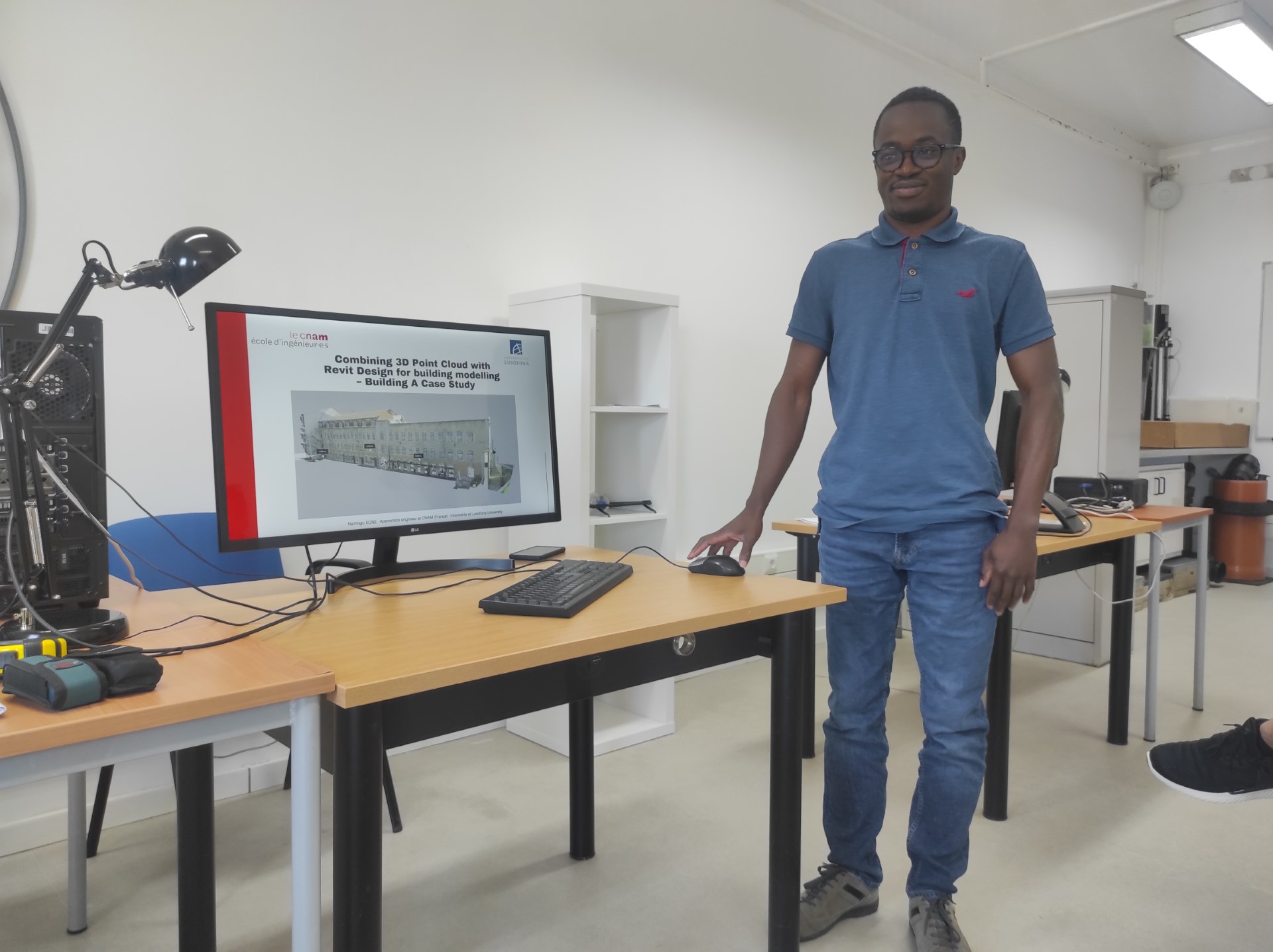BuildingAdapt – Pioneer study to analyse the resilience of university teaching buildings to climate change

This study focuses on the growing concern about how university teaching buildings can adapt to climate change and how environmental comfort conditions for their occupants can be guaranteed in future scenarios.
Building A of Lusófona University – Lisbon University Center will be used as case study, considering the urgent needs for its rehabilitation and maintenance of its character.
This project includes an experimental study to monitor the current indoor climate conditions. In this context, environmental comfort sensors and a data acquisition system will be installed to monitor different compartments of the case study, to record in detail, the variation in its indoor climate conditions.
Also, a computational model of the building will be developed for environmental comfort analysis of the case-study considering the current construction characteristics of Building A. This model will be analyzed according to current climatic conditions and future climate scenarios. Several analyzes will be carried out including adaptation measures to improve the environmental comfort and well-being of the buildings´ occupants. These adaptation measures will be selected to improve the building thermal insulation and reduce energy consumption, including carbon negative solutions that capture greenhouse gases during the building lifetime. The effectiveness of these measures will be analyzed for current climate conditions and future climate projections.
A cost-optimal methodology will be applied to the selected rehabilitation measures to identify which solution guarantees the best relationship between the building’s energy efficiency and the overall cost of the intervention.
This study also aims to boost collaboration between researchers at Universidade Lusófona and the collaboration of international researchers, with the ultimate objective of encouraging the creation of new research themes and applications for national or international projects.

Several activities are planned under the Buildingadapt project, namely:
- Creation of an updated three-dimensional model of the building;
- Identification of the annual periods that do not guarantee the adequate environmental comfort conditions inside the building, based on building monitoring and software simulations;
- Identification of spaces that do not meet the conditions of interior comfort in the current situation and in future climatic conditions, based on computational modelling;
- Analysis of several adaptation measures for the building and identification of the best solutions for future climate scenarios;
- Determination of the proposed adaptation measure that ensures a cost-optimal for a better energy performance of the building.
The expected results are, among others:
- Scientific communication at two scientific events;
- Publication of three scientific articles in journals with high impact factor;
- Final report;
- Application for national and international funding.
Ultimately this project aims to help Lusófona to make an informed decision on how to adapt to climate change and invest in more cost-effective rehabilitation strategies.
3D Point Cloud Survey

A 3D point cloud survey was carried out to the building envelope allowing to scan the exact dimensions and detailing of all elevations in a quick and accurate way. This method is important to identify any flaws or issues of the existing construction and help defining the future design strategies to be applied in the building´s envelope. Also, it can be useful to identify the location of additional elements (such as cabling, outdoor lighting, air conditioning units, etc.).
This 3D point cloud will be further combined with the 3D modelling of the interior spaces using building information modelling (BIM) software.
CEES 2023 | 2nd International Conference on Construction, Energy, Environment & Sustainability, 27-30 June 2023, Funchal – Portugal

The first steps of BuildingAdapt project were presented at CEES2023, an international conference on construction, energy, environment and sustainability held in Funchal, Portugal. The scientific publication was centred in the methodology of this project and more specifically in the development of the first tasks of this project through:
- the history and identification of the constructive characteristics of the existing building;
- the advantages and identified difficulties in the use of 3D Point Cloud in the building survey;
- the methodology to be used on building monitoring and its preliminary results;
- and further steps of this project as the computational modelling with climate scenarios, the selection of adaptation measures and cost-optimal solutions.
Combining 3D Point Cloud with Revit design for building modelling – Building A Case Study

The process of designing building elements can become time-consuming and repetitive when it involves replicating and detailing complex building elements during the various project phases. Namogo Kone, a student of Le CNAM, has been working at Clévia, a company based in France, specialized in heating, ventilation, air conditioning and smoke extraction systems. In his master thesis Namogo aims to implement a working method in this company that allows not to redraw the design models from Revit software in execution phase. Namogo presented his work to the Faculty of Engineering members on the 29th of August 2023.
Between July and August 2023 Namogo did an internship at Lusofona University and made a significant contribution to BuildingAdapt project.
His work consisted in modelling Building A in Revit using the 3D Point cloud and local surveys performed at the building. In this work he applied also his expertise in designing and parameterize Revit families for all existing windows and doors, either interior or exterior.
The combination between 3D Point cloud and Revit allowed to better understand the building heights and detail complex construction elements that otherwise could be missing in the design phase.
